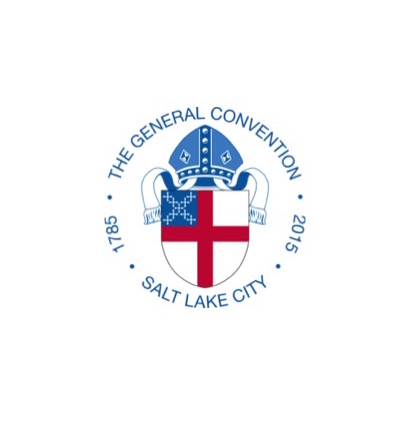The Blue Book for General Convention 2015 is online here. Reports are added from the Standing Commissions and other bodies of General Convention as they are received. The Standing Commission Communication and Information Technology (SCCIT) offers its report and one resolution:
Resolution A010: Dissolve the Standing Commission on Communication and Information Technology
1. Resolved, the House of _____ concurring, That the 78th General Convention of The Episcopal Church dissolve the Standing Commission on Communication and Information Technology or incorporate its charge with that of another standing body of The Episcopal Church.
Explanation
Created by the 73rd General Convention in 2000, the Standing Commission on Communication and Information Technology was formed at a time of great changes in technology. It was also formed just as the first Director of Communication was hired at the Episcopal Church Center. For many years prior to 2000, Episcopal News Service, Episcopal Life, information-technology staff, and the Presiding Bishop’s communications and public affairs staff operated with a good deal of independence of one another.With an evolving staff structure in the Office of Communication emerging just as SCCIT began to tackle its charge, the roles, expectations, and relationships between the two entities were never fully defined.
Over the past 14 years, the fields of communications and technology have experienced a period of exponential change and growth. The three-year cycle of General Convention renders any recommendation that SCCIT might make obsolete within months of passage. Despite the talent, enthusiasm, creativity, and faithfulness of the members of SCCIT, such a far-flung group of volunteers lacks the capacity to achieve recommendations without program support.
Therefore, SCCIT’s members recommend the dissolution of the Commission so that its members may be free to share their gifts and energy in immediate and local projects within existing Episcopal networks.
Editorial opinion: This is a sad event as it was begun with such high hopes and lots of volunteer time. It was hoped that there could be some coordination between the various communication venues of the church but it was not to be. One wonders if all the hype about “networking” as the future is doomed to fail in this same way for lack of support or interest by those in power.
From the report:
Even without resolutions to work on, SCCIT has continued to meet quarterly and, over time, explored the relevance of our mandate. As a policy-focused commission, SCCIT’s aim is to propose policy changes regarding communications, a mandate that makes less and less sense for several reasons:
- The field of communications is changing rapidly. Policy statements about current trends in communications today will be outmoded within a year or, likely, less.
- There is no Church-wide office that would help dioceses and congregations realize policy recommendations that SCCIT might make. In the absence of such an office, the prior triennium’s commission turned its attention from policy-making to the creation of a resource website to support its “Website Challenge.” However, this website quickly became out-of-date without committed volunteers or program staff to support it.Without exaggeration, the members of SCCIT find themselves without a clear sense of purpose, without adequate resources, and stymied by the very nature and scope of the work. As General Convention 2015 approaches, we face the unsettling prospect of another three years of meeting for the sake of having said we met. SCCIT sees a greater likelihood for innovation and support in the areas of communication as coming from the Episcopal Communicators network, in partnership with The Episcopal Church’s Office of Communication; as well as from the work of innovative individuals and organizations that are pushing at the boundaries of The Episcopal Church’s communication efforts in timely and innovative ways.
posted by Ann Fontaine

